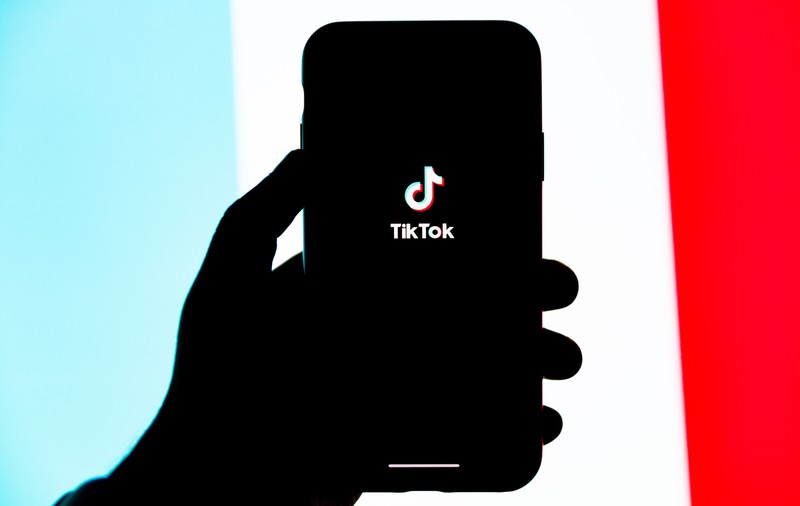It’s not just viral dances and fun sketches: TikTok is also serving its teenage users a steady diet of harmful content, including videos related to self-harm and eating disorders, according to a new report that analyzed dummy accounts in the US, Canada, UK, and Australia.
What happened: The Center for Countering Digital Hate set up new TikTok accounts with an age setting of 13 and monitored the first 30 minutes of content delivered on the platform’s algorithmically personalized “For You” page.
- Content related to self-harm was recommended within the first 3 minutes of joining the platform and videos about eating disorders were shown within 8 minutes.
- After the accounts “liked” content about body image issues or mental health, TikTok recommended that content every 39 seconds, the report found.
The researchers also created accounts with the phrase “loseweight” in their username to simulate a “vulnerable” teen user— these accounts were shown three times as many harmful videos as standard accounts.
Why it matters: TikTok is the most popular social media platform among teenagers (second, if you count YouTube), who spend an average of more than 90 minutes per day on the app—that heavy usage is fueling worries about its role in young people’s emotional and mental development.
- At least one study from China has linked addictive-style TikTok use to depression, anxiety, and memory issues among teenagers, but little is known about its full impact.
- TikTok has pushed back on claims that it harms teenagers, arguing that tests done for research do not reflect the experiences of real people using the app.
Zoom out: The study will add ammunition to growing calls by Western lawmakers to restrict TikTok, a push that gained momentum this week when US Senator Marco Rubio introduced legislation to ban the app.
